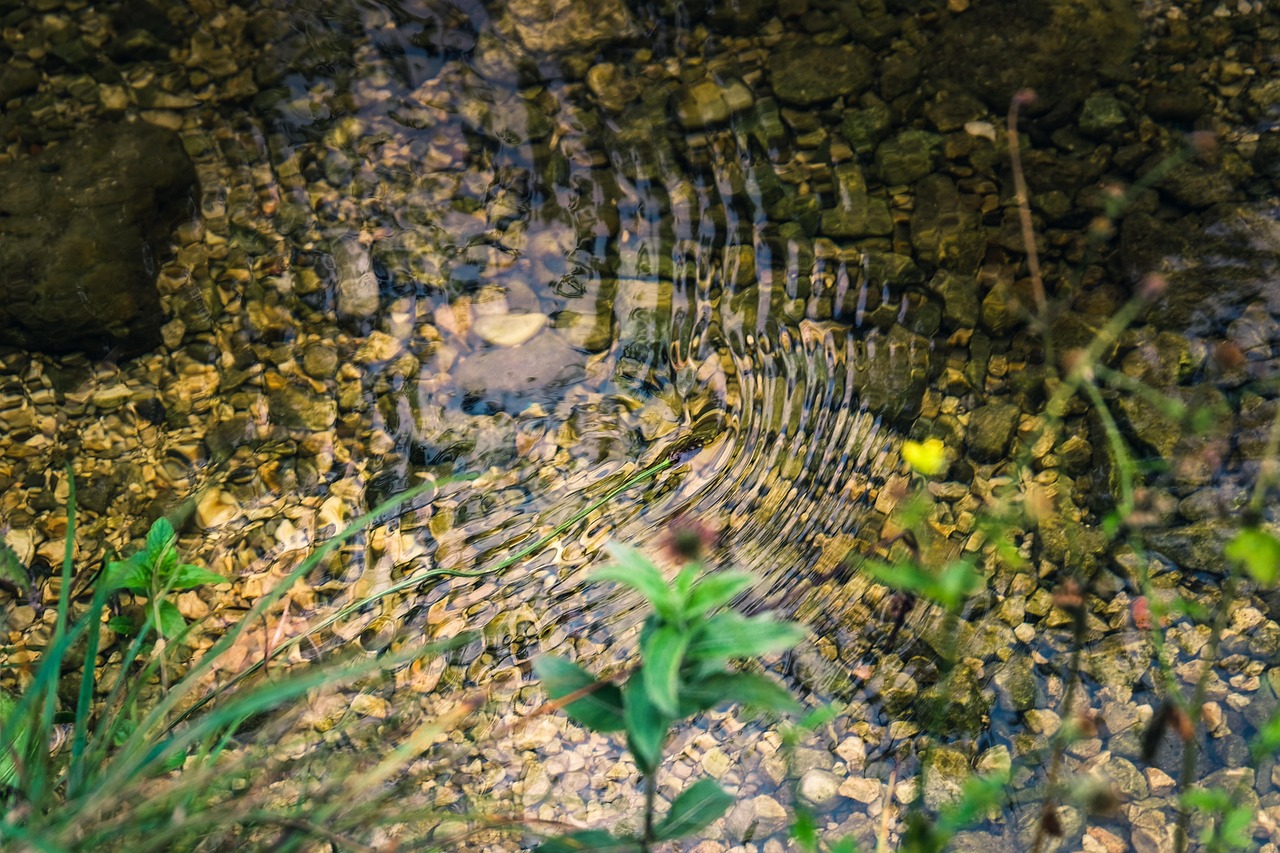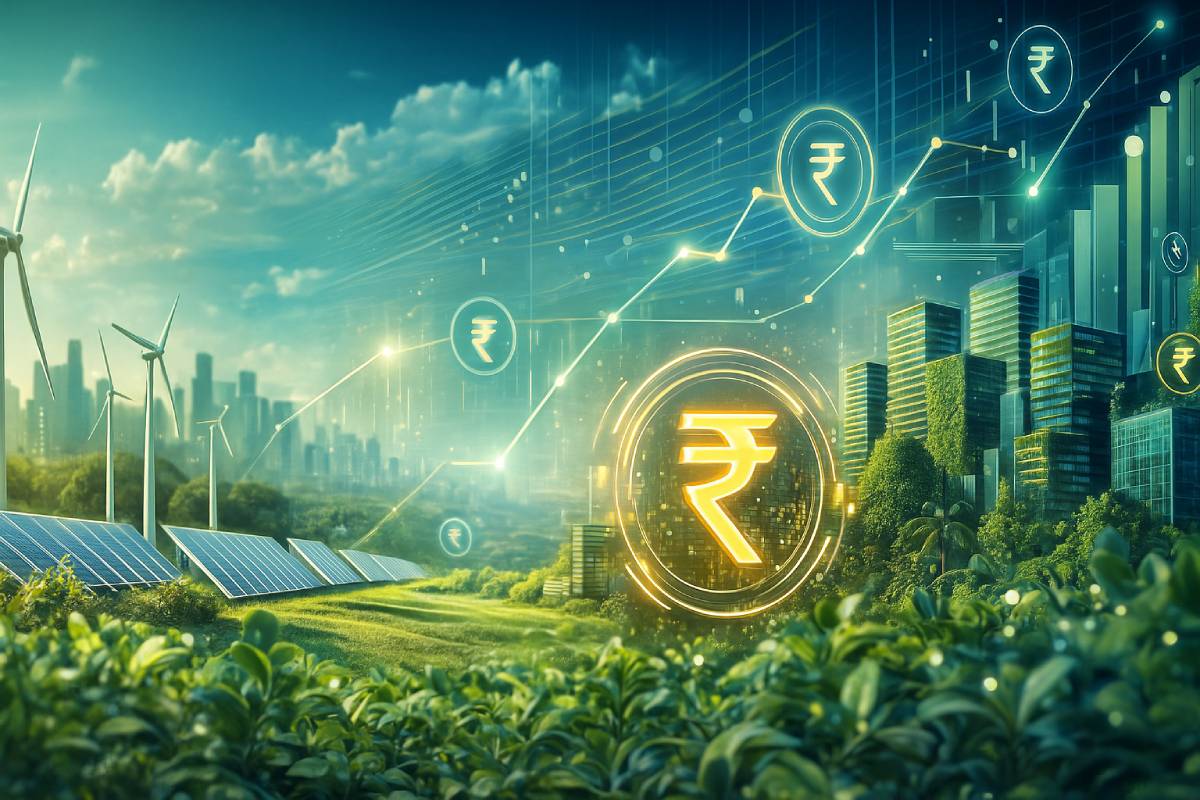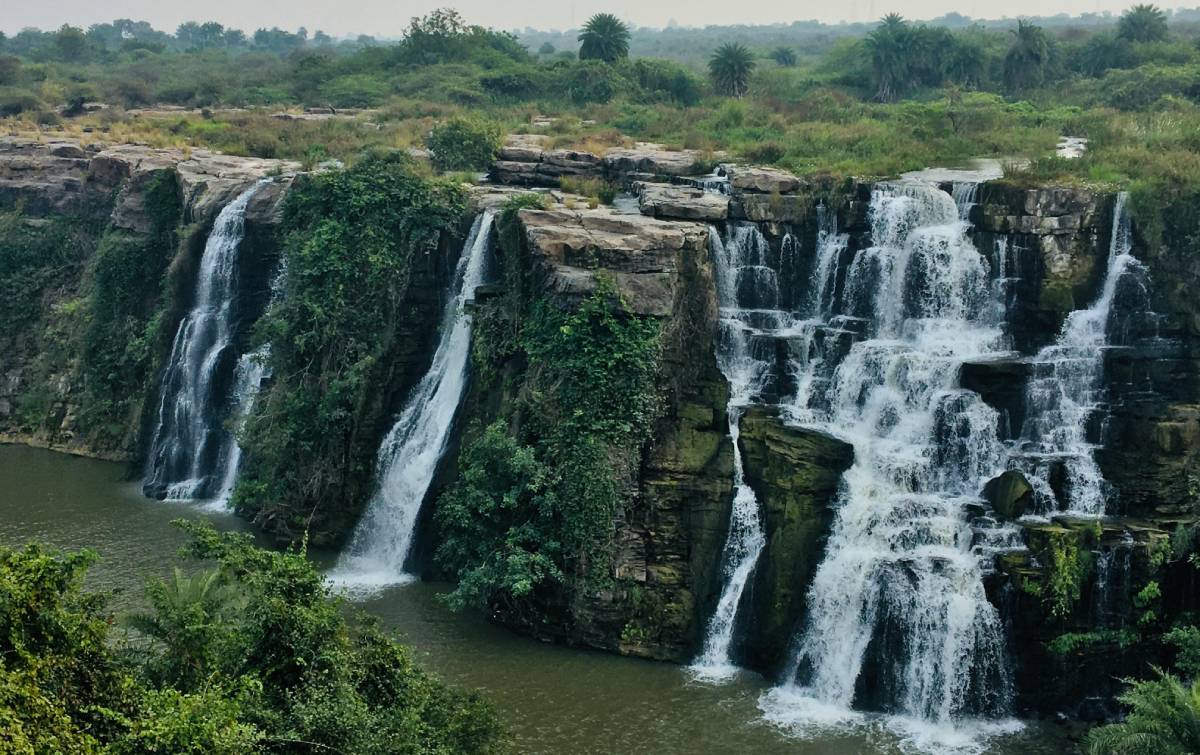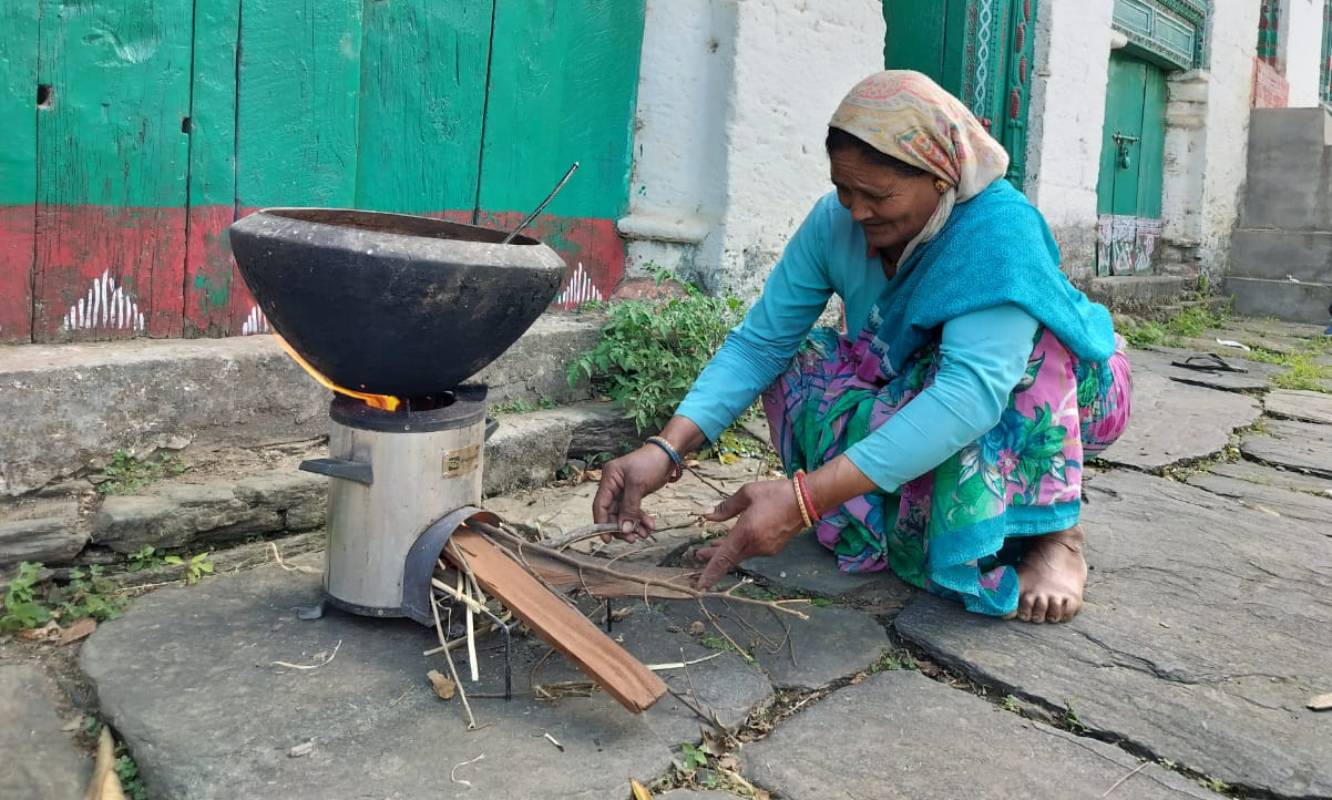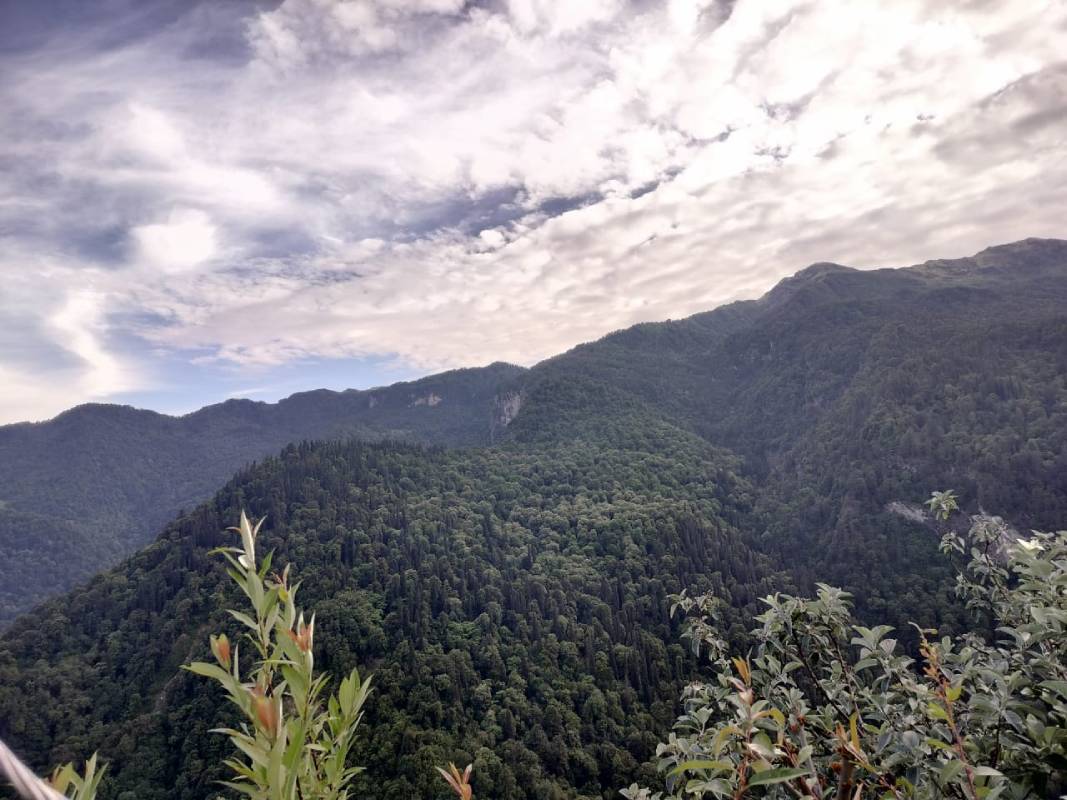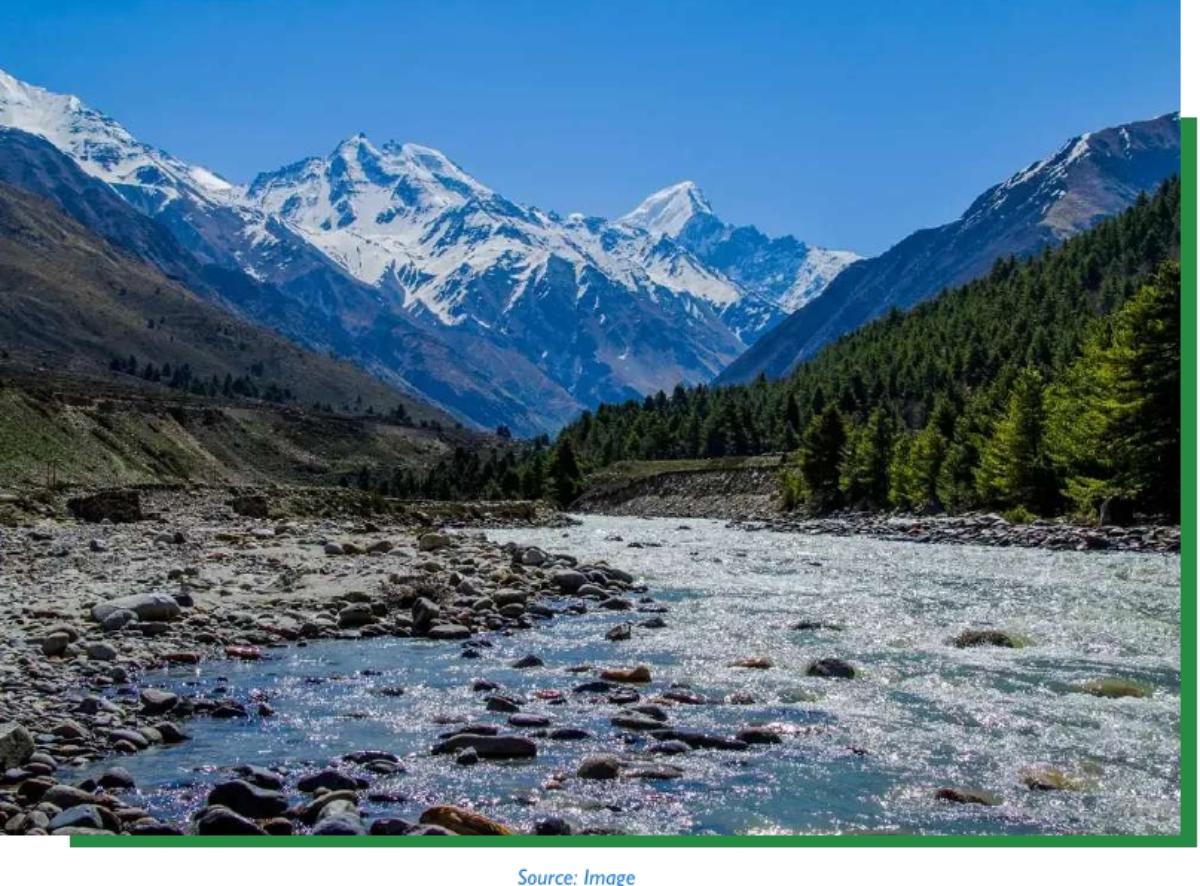Introduction
The average state of ground water extraction in India is about 63%, very close to the semi-critical categorization of the Central Ground Water Board. The ever increasing dependency on groundwater resources for all kinds of usage is expected to exponentially increase the stage of groundwater extraction across the country. According to the estimate of CGWB, the total demand for water in India in 2010 was 813 BCM, which is expected to increase to 1093 BCM in 2025 and 1447 BCM in 2050. The rapidly increasing demand of water is a race against fixed utilizable water in India which stands at 1123 BCM from all kinds of sources (surface and groundwater). By 2050 our dependence on groundwater for domestic use will increase by two times, usage for industrial purposes will increase by five times, usage for energy production will increase by 26 times. Agriculture sector, which is the largest user of groundwater, will require a substantial increase from 688 BCM in 2010 to 1072 BCM in 2050. With these demand side changes, the per capita available water in 2050 will be 1140 cu m. per year per person which was around 5177 cu.m. per year per person in 1951.
Groundwater availability depends on a number of factors related to hydrology, geology, water usage and available technologies in a particular region. The CGWB has been mapping aquifers all across the country to understand characteristics of sub-surface water storage. Moreover, a lot of work is already being done to understand the hydrology and drainage system across the country. Being a highly diverse country, the availability of water is highly skewed in space and time. The CGWB monitors 6881 blocks across the country on an early basis to assess quantity and quality of the groundwater resources. According to the latest report of CGWB, 1186 (17%) blocks are over-exploited, 213 blocks (5%) are critical, 972 (14%) blocks are semi-critical and 100 (1%) blocks are saline.
To improve the stage of ground water development in the country and to sustainably meet current and enhanced future demand of water, the CGWB has developed a comprehensive master plan in 2021. This master plan to recharge groundwater through artificial recharge structures has carefully suggested state and region wise appropriate interventions. According to the master plan, 141 lakh different water structures are needed to recharge 537 BCM available sub surface storage. Suggested water structures include check dam, roof top rainwater harvesting, percolation tanks, desilting, sub-surface dyke, watershed development and other structures. Many of these suggested water structures are surface water bodies such as check dams, tanks and ponds. These suggested water structures in the master plan take us to the recently released first census report of water bodies. The report released by the Department of Water Resources, River Development and Ganga Rejuvenation, GoI found 24.24 lakh water bodies across the country. The master plan on artificial recharge has suggested minor engineering work to transform existing surface water bodies into instruments of groundwater recharge. Taking cues from that report, many of existing water bodies can be used to artificially recharge sub-surface storage.
Master Plan for Artificial Recharge to Groundwater in India
The master plan for artificial recharge to groundwater in India released by the central groundwater board in 2021 is a comprehensive and detailed document that suggests water structures depending on the terrain condition of each region in the country. The master plan has found more than 25 types of structures in different states, but for the purpose of standardization, it has grouped them into 10 different categories. The plan has further studied traditional structures of ground water recharge and suggested revival and renovation of all such structures.
The master plan provides for construction of 141 lakh water structures across the country to recharge sub-surface storage. Of all suggested water structures, the Roof Top Rain Water Harvesting (RTRWH) dominates. It contributes 75% of total structures suggested by the plan document. It follows with ‘other’ category structures, which mainly comprises traditional water bodies in different states. The plan has provided for construction or revival of all such water bodies. The plan document suggests that revival of silted and damaged village ponds and tanks can be modified to serve as recharge structures by converting them into percolation tanks. According to the plan, additional construction of ‘Cut off Trench’ and ‘Waste Weir’ to village ponds and tanks can convert them into recharge structures.
Proposed Artificial Recharge Structures in India
| Structure | Number |
| Check Dam | 284,410 |
| Recharge Shaft | 401,816 |
| RTRWH | 10,613,793 |
| Percolation Tank | 141,810 |
| Gabbion | 325,096 |
| Desilting | 13,530 |
| Injection Wells | 35,762 |
| Sub-Surface Dyke | 2,425 |
| Watershed Development | 12,486 |
| Others | 2,344,016 |
| Total | 1,41,75,144 |
Source: Compiled from Master Plan for Artificial Recharge to Ground Water
The roof top rain water harvesting structures especially in urban areas have potential to conserve around 80% of surface runoff. The national plan of artificial recharge to groundwater suggests construction of these structures mainly in states like Gujarat, Jharkhand, Delhi, Kerala, Madhya Pradesh, Maharashtra, Punjab and Telangana. About 50% of total suggested RTRWH are planned for Maharashtra followed by Telangana, Rajasthan and Jharkhand. For states like Haryana, Madhya Pradesh, Punjab, Rajasthan and states in North East India the focus is on locally appropriate rainwater structures. Many of these are traditional structures, which the master plan proposes revival and rejuvenation. In the case of Himalayan states, the plan has also suggested extensive activities related to spring shed management and watershed development.
The national plan has observed that Rajasthan has the largest available subsurface storage of 159 BCM, which requires 211 BCM water to recharge. However, the state has only 5 BCM surplus water for it. Other major states having large sub-surface storage are Punjab, Haryana, West Bengal and Andhra Pradesh. However, all of these states except Karnataka have very less surplus water available for groundwater recharge compared to their storage potential. States like Bihar, Chhattisgarh, Jharkhand, Karnataka, Kerala and Uttarakhand have more surplus water for recharge compared to their sub-surface storage capacity.
Water Bodies Census, 2023
The Department of Water Resources, River Development and Ganga Rejuvenation started the first Census of Water bodies in 2018-19 in convergence with the sixth Minor Irrigation census. The census report released by the department in April 2023 states that it attempts to serve various purposes such as preparation of village level water budget, implementation of Atal Bhujal Scheme and efforts related to artificial groundwater recharge.
Moreover the census is important in better planning of fish farming and nationwide database for implementation of other programs. For the purpose of this census, all natural or man-made units bound on all sides with some or no masonry work were treated as water bodies. These water bodies are usually of various types and known by different names in different regions and states.
| No. of Water Bodies | WB in use | WB not in Use | WB Encroached | Natural WB | Man-made WB | WB Owned by Public | WB Owned by Private |
| No. | % | % | % | % | % | % | % |
| 24,24, 540 | 83.7 | 16.3 | 1.6 | 22 | 78 | 44.8 | 55.2 |
Source: Compiled from Water Body Census, 2023
The first census report of water bodies found 24,24,540 water bodies across the country. Of these water bodies around 60% are ponds, 16% are tanks, 12% are reservoirs and around 13% are water bodies constructed under some water conservation schemes. As many as 3,94,500 water bodies (16.3%) were found not in use due to several reasons including encroachment, construction, drying up, siltation, destroyed beyond repairs, salinity, industrial effluents.
The census report suggests that individuals have invested heavily in the construction and maintenance of water bodies across the country. It found that as many as 13,38,735 (55.2%) water bodies are owned by private entities including individuals, groups and associations. Government institutions own only 44.8% of the total water bodies in the country. More than 62% of water bodies owned by the public sector belong to Gram Panchayats. The share of privately owned water bodies are higher in states like Ladakh, all north-eastern states, Rajasthan, West Bengal, Goa, Kerala and Odisha.
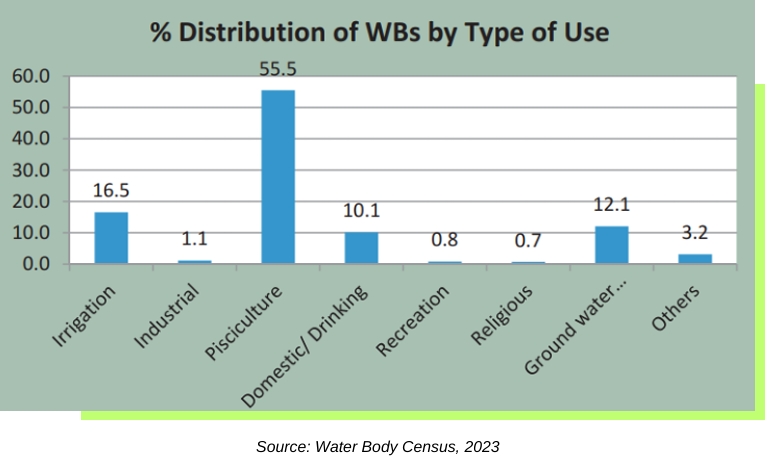
The share of publicly owned water bodies are higher in states like Maharashtra, Tamil Nadu, Telangana, Karnataka, Chhattisgarh, Madhya Pradesh, Gujarat and Uttar Pradesh. Of the all water bodies, around 78% are man-made and just 22% are natural. Man-made water bodies are higher in number compared to natural water bodies in states like Jammu & Kashmir, Himachal Pradesh, Haryana, All north-eastern States, West Bengal, Jharkhand, Odisha, Maharashtra, Chhattisgarh, Andhra Pradesh, Gujarat and Madhya Pradesh.
Connecting Water Body Census to Artificial Recharge to Groundwater
The first census of water bodies released in April 2023 by the Department of Water Resources, River Development and Ganga Rejuvenation believes that the report will “serve as an authentic dataset for estimation of recharge of ground water.” Moreover, the census report expects that the collected data will be useful in the implementation of flagship program of Government of India- Atal Bhujal Yojana in assessing Gram Panchayat level water budget, preparation of realistic water security plans and planning various supply/demand side measures through convergence of ongoing schemes. While these two objectives of the census report are promising, not enough data has been collected in terms of groundwater recharge capacity of these water bodies and detailed data on stored water in these water bodies. However, village level data of water bodies if published can help all stakeholders to optimize benefits of the report.
The master plan for artificial recharge to ground water released by the Central Ground Water Board in 2021 has also focused on revival and renovation of existing water bodies to enhance water tables in different regions. The plan provides for specific modification to existing water bodies to convert them into groundwater recharge instruments. Water structures suggested for artificial recharge under the ‘Other’ category in the master plan are substantial in number and in most cases they refer to traditional water bodies such as Kul, Naula and Khatri in western Himalayan region, Apathani, Zabo and Dungs in Eastern Himalaya, Dighi, Baolis in Indo-Gang etic Plains and Cheruvu, Lohlis, Bandharas and Phad in southern part of the country. The important aspect of the master plan is that it has corroborated variables related to hydrological, hydro-geological and existing water bodies to suggest appropriate artificial recharge structures in different regions.
Water Stress States and Water Bodies:
| Water Stress States | Average Stage of Ground Water Extraction (%) | Total Water Bodies | Natural | Man Made | ||
| Public | Private | Total | ||||
| Punjab | 165.99 | 15,633 | 379 | 16,012 | 14,318 | 1,694 |
| Rajasthan | 151.0 | 7,906 | 9,033 | 16,939 | 4,799 | 12,140 |
| Haryana | 134.10 | 14,543 | 355 | 14,898 | 12,304 | 2,594 |
| Tamil Nadu | 75.00 | 98,139 | 8,818 | 106,957 | 77,244 | 29,713 |
| Uttar Pradesh | 70.60 | 240,027 | 5,060 | 245,087 | 2,23,150 | 21,937 |
| Karnataka | 64.93 | 25,327 | 1,686 | 27,013 | 26,293 | 720 |
| Madhya Pradesh | 59.60 | 70,847 | 11,796 | 82,643 | 17,093 | 65,550 |
| Maharashtra | 54.60 | 96,767 | 295 | 97,062 | 574 | 96,488 |
| Gujarat | 53.20 | 53,979 | 90 | 54,069 | 16,966 | 37,103 |
| Odisha | 44.00 | 89,262 | 92,575 | 181,837 | 7,109 | 1,74,728 |
| Telangana | 41.00 | 51,593 | 12,462 | 64,055 | 10,170 | 53,885 |
| Total | 764,023 | 142,549 | 906,572 | 210,022 | 396,553 | |
Source: Compiled from CGWB reports on water bodies and groundwater resources
Both of these important publications released in the last two years have collected very useful information, which can be used in planning and implementations of various programs. However, the methodological compartmentalization of these two reports has restricted them from gaining from one another. For example the census report on water bodies is completely ignorant about characteristics of sub-surface water storage and hydrology and drainage systems in different regions. It has also not estimated additional run-off which can be tapped to recharge sub-surface aquifers. On the other hand the master plan on artificial recharge could not collect information of existing water bodies and their potential to recharge the sub-surface aquifers. For example, eleven highly water stressed states have only 37% (9.06 lakh) of total water bodies. In these states the share of privately owned water bodies is very less compared to the national average. Individuals may be encouraged to invest in construction and maintenance of water bodies in these states. These two valuable documents can be integrated to harness following benefits.
Coordinated Utilization of Surface and Sub-surface Water Storage
Big reservoirs largely constructed by public money constitute only 14% of the total water bodies available in the country. More than half of water bodies are in the form of ponds, tanks and lakes. Cumulatively, all water bodies in use create water storage capacity of 343 MCM. If dysfunctional water bodies are revived another 35 MCM water storage capacity can be created. This surface water is not just available but utilizable at any given time. Water bodies excluding big reservoirs have capacity to store 308 MCM water in a year. This huge water storage capacity is highly dispersed and decentralized that makes it easily accessible by end users. Since, we know that more than half of these water bodies are owned by individuals, it also means that a huge amount was invested by individuals in construction and maintenance of these water bodies. Large dams and reservoirs constructed by public finance for power generation, irrigation, flood control or other purposes have the capacity to store only 35 MCM water. Further, this water is highly centralized and a huge amount is invested by governments to construct and maintain these structures.
The census reveals that most of these water bodies were filled adequately. However, the report also captures issues related to encroachment, not functional water bodies, siltation and not adequately filled water bodies. The report found that nearly 14% water bodies were filled below 25% of their optimum capacity. Revival of such water bodies can further increase the water storage capacity. Overfilled water bodies can be canalized to nearby groundwater recharge structures such as injection wells and percolation tanks. The aquifers provide ample space for overflowing and runoff water at very low cost. The aquifer storage also reduces water loss due to weather and climatic conditions.
Enhancing Groundwater Recharge Potential of Water Bodies
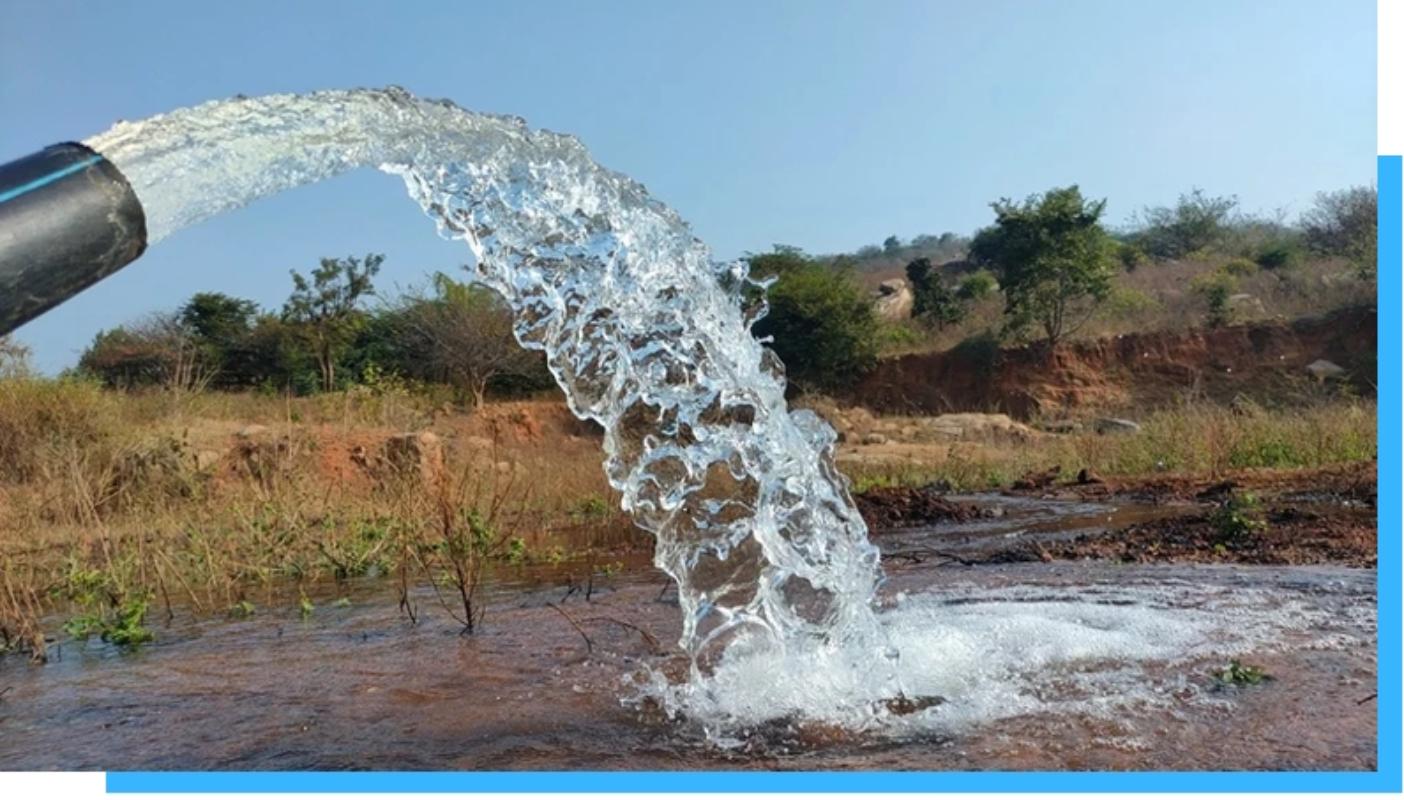
The national Master Plan for Artificial Recharge to Groundwater in India (2020) has estimated 537 BCM subsurface water storage capacity of India. Given the high rate of water draft and very un-even distribution of rainwater over space and time, the plan provides mechanisms for creating artificial recharge systems. The report further identified 25 different types of water structures for artificial recharge to groundwater. These different structures have been further grouped into 10 categories namely Check dam, recharge shaft, roof top rainwater harvesting, percolation tank, de-silting, sub-surface dyke, spring shed development/watershed development and other structures. In this list of structures for artificial recharge many of them are surface water bodies such as check dams, spring and water shade management, recharge shafts, gabions and many others. On the other hand the census report of surface water bodies reveals that only 12% water bodies are used for ground water recharge.
The Master plan for Artificial Recharge to Groundwater recognizes the importance of surface water bodies in the recharge of sub-surface aquifers. It recommends minor modification in existing surface water bodies such as ponds, lakes and tanks to convert them into groundwater recharge instruments. The census report reveals that about half of surface water bodies were fully filled; it means that a lot of overflow of these water bodies can be conserved if designed properly. A more detailed study of existing water bodies are required to use them effectively for ground water recharge.
Modifying Water Bodies for Groundwater Recharge
According to the dynamic ground water assessment report, 2022, the monsoon and non-monsoon rain contribute about 60% of sub-surface aquifer recharge in a year. A substantial recharge of groundwater is done through other sources both during monsoon and non-monsoon season in India. The category of other sources of groundwater recharge are surface water bodies such as canals, surface water irrigation, tanks, ponds and water conservation structures. In 2022 a significant jump in groundwater recharge was observed in states like Bihar, Telangana, Andhra Pradesh, Tamil Nadu, Arunachal Pradesh, Odisha and Gujarat. The central ground water board (CGWB) attributed the change to changes in recharge from ‘Other Sources’.
According to the data collected by the CGWB, other sources for groundwater recharge contribute nearly 40% to the aquifer recharge. These sources contribute around 20% recharge during monsoon and 20% recharge in non-monsoon seasons. These data shows that the increase in surface water bodies can further increase their potential to recharge sub-surface aquifers across the country.
The Master Plan for Artificial Recharge to Groundwater has recommended various kinds of surface water bodies for recharge depending on the hydrology and geo-hydrology of the region. The plan proposes construction of 141 lakh structures across the country to optimally utilize the sub-surface water storage capacity of the country. In some cases, the plan has given importance for revival of existing water bodies such as the revival of the traditional Ahar-Pyne system in Bihar. However, in the case of most states, not much importance has been given to revival of existing surface water bodies.
Understanding Groundwater Recharge Capacity of Water Bodies in Different Locations
The master plan on artificial recharge to groundwater estimates recharge capacity of each type of structure based on the geo-hydrology, number of rainy days and numbers of filling in a year. For example in the case of Bihar the master plan observed that percolation tanks in hard rock areas have the potential to percolate 20% of the runoff, whereas the same structures can percolate 35% of runoff if constructed in marginal alluvial areas. Watershed management and spring shed management activities in all types of geo-hydrological situations have the potential to absorb 20 to 40% of the runoff.
Renovation and revival of traditional and existing water bodies can also play an important role in enhancing ground water capacity. For example, in the case of Bihar the master plan has found that renovation of the traditional Ahar-Pyne System in the Alluvial Areas can recharge 40% of its storage. Similarly, mere de-silting and revival of existing ponds in urban areas can help in recharge of 20% of their storage.
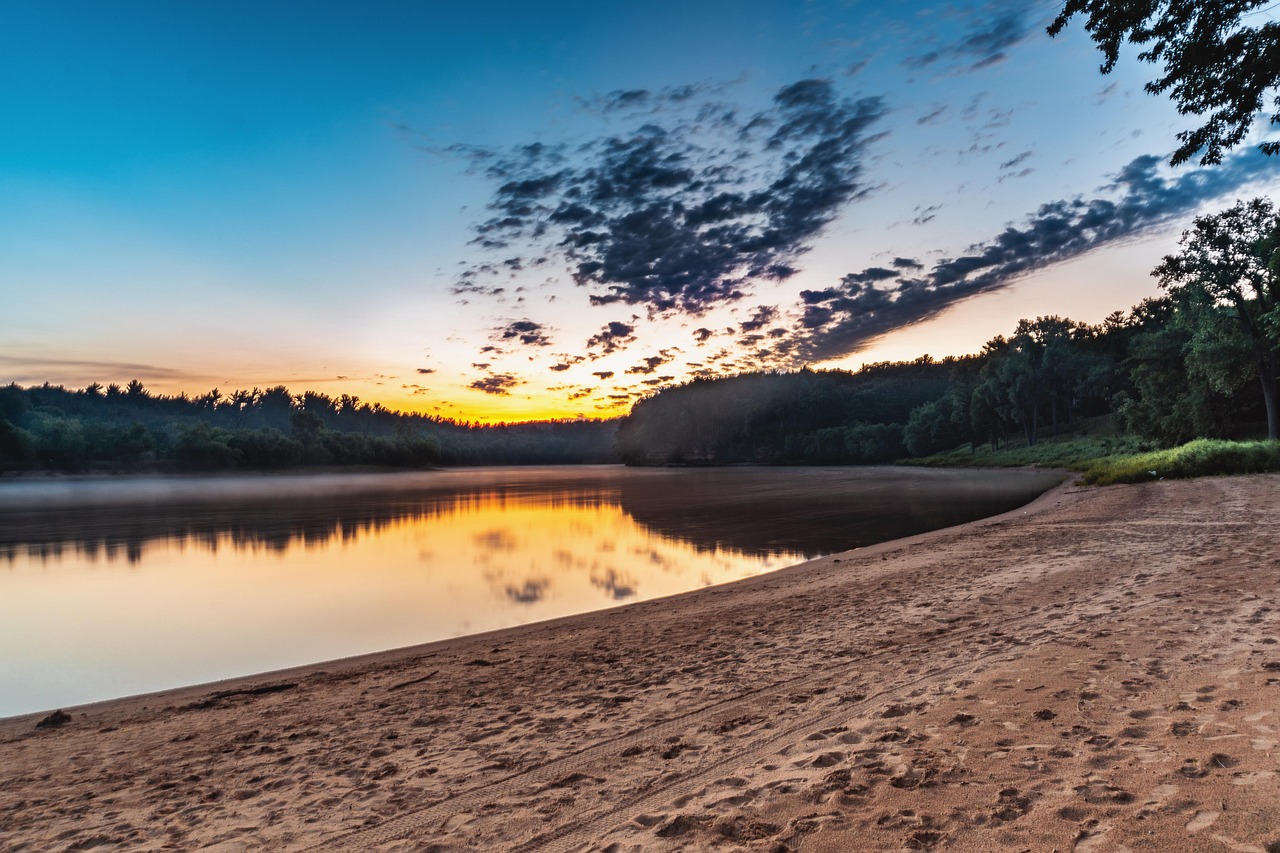
The surface water body census has found more than 24 lakh surface water bodies, out of which only nearly 4 lakh water bodies are not in use due to encroachment, siltation and other reasons. Even out of functional water bodies only 2.44 lakh water bodies are used as groundwater recharge structures. If all of these water bodies are properly re-designed as suggested by the master plan and revive all 4 lakh non-functional surface water bodies, the recharge capacity can be enhanced significantly.
What is Missing and How to Improve?
The master plan for artificial recharge to ground water and the first census of water bodies released in 2021 and 2023 respectively have a common goal to enhance sub-surface water level. The master plan aims to achieve this goal using artificial recharge structures and the census report aims to use the water body census database for effective management and conjunctive water use. Despite having a common goal, these two reports have been drafted in isolation and therefore, not producing a comprehensive mechanism to recharge sub-surface aquifers.
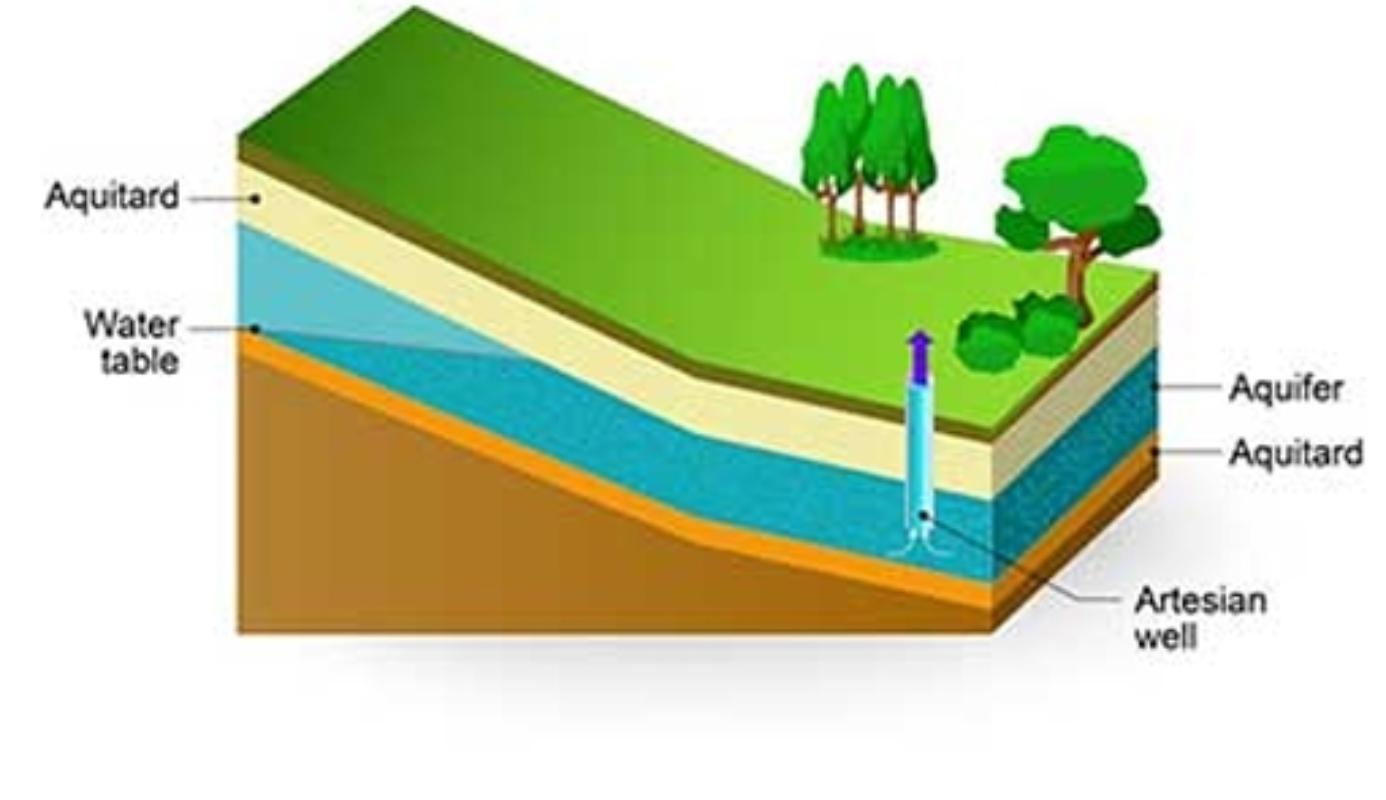
The master plan for artificial recharge has carefully examined the hydrology, hydro-geology, drainage and precipitation to suggest appropriate artificial recharge structures. The report also acknowledges the importance of water bodies in recharging of aquifers. Therefore, it provides for revival, rejuvenation and modification of water bodies to convert them into groundwater recharge tools. However, the master plan has no idea about the number of water bodies, their location and the kind of modification needed in each case to convert them into groundwater recharge tools. On the other hand the census report of water bodies is ignorant about hydrological, geo-hydrological, drainage, geo-morphological and precipitation factors associated with water bodies. Without taking these factors in consideration, one cannot effectively use water bodies for groundwater recharge. These methodological constraints of above mentioned two reports restrict them from mutual learning and enable others to use them together for better planning and implementation. Therefore, some important upgrades to both of these reports are required to meet the common objective of enhancing groundwater level. Major up-gradation required as follows:
- Vision Up gradation: Both the document must imbibe the idea that the surface water bodies and sub-surface aquifers must be used in coordinated way to store and withdraw water. Both the water sub-systems must be understood as a single unit and complementary to each other. The earth surface receives every drop of rain, holding that on the surface have many economic, geographical, climatic and physical limitations. On the other hand, the sub-surface aquifers provide us readymade storage for water with very few external limitations. Optimally connecting surface water bodies and aquifers can be a game changing transformation.
- Locating and contextualizing every Water Body: The master plan for artificial recharge to groundwater report has not adequately focused on water bodies. The master plan must locate all existing water bodies and identify exact locations where more water bodies can be created. Further, the report needs to suggest appropriate modification to water bodies to optimally utilize them for groundwater recharge. The water body census data can be used to locate water bodies across the country. The census report can use GIS and other modern technology to geo-tag each water body and measure them.
- Linking Water Body to Nearby Aquifer: The census of water bodies is ignorant about local hydrology, hydro-geology, morphology, precipitation and other related factors around water bodies. These factors are important to calculate groundwater recharge potential of a particular water body. The census report may draw this information from the master plan for artificial recharge report.
- Data Decentralization and Synchronization: Data presented in these two reports are aggregated at the national and state level. These aggregated data are not useful for actual implementation as one requires micro level data to understand hydrology, hydro-geology, precipitation and other related factors. Unit level data of both reports needs to be digitized and publicly published for better use. Further, both reports need effort to synchronize their data for optimum use.
References:
GoI, 2023, Water Bodies- First Census Report (Vol. 1), Ministry of Jal Shakti, Department of Water Resources, River Development and Ganga Rejuvenation, Government of India. Available at: https://cdnbbsr.s3waas.gov.in/s3a70dc40477bc2adceef4d2c90f47eb82/uploads/2023/04/2023040672.pdf
GoI, 2023, Water Bodies- First Census Report (Vol. 2), Ministry of Jal Shakti, Department of Water Resources, River Development and Ganga Rejuvenation, Government of India. Available at: https://cdnbbsr.s3waas.gov.in/s3a70dc40477bc2adceef4d2c90f47eb82/uploads/2023/05/2023051279.pdf
CGWB, 2021, ‘Master Plan for Artificial Recharge to Groundwater in India- 2020’, Central Ground Water Board, Department of Water Resources, River Development and Ganga Rejuvenation, Government of India, April, 2021, Available at: https://cgwb.gov.in/documents/Master%20Plan%202020-00002.pdf
CGWB, 2022, ‘National Compilation on Dynamic Ground Water Resources of India- 2022’, Central Ground Water Board, Department of Water Resources, River Development and Ganga Rejuvenation, Government of India, October, 2022, Available at: https://cgwb.gov.in/documents/2022-11-11-GWRA%202022.pdf

